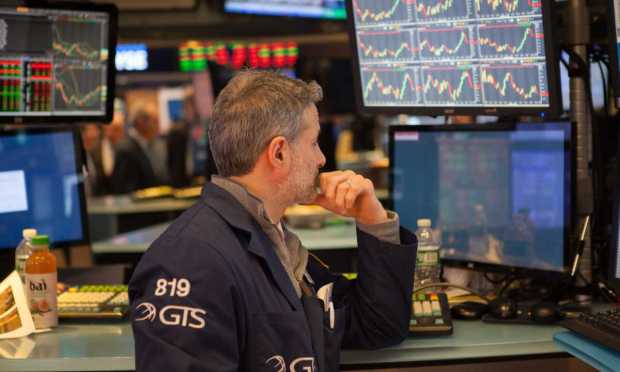Hectic Earnings Week Could Bring Harbingers of Recession

With more than 250 companies set to report earnings this week, analysts and economists are on high alert for anything that signals a recession.
This, as rising costs, steep interest rates and dwindling consumer spending could appear in company earnings, Bloomberg News reported Saturday (Jan. 14), citing its in-house intelligence.
Even with analysts lowering their forecasts recently, their consensus about corporate profits for the year is still “materially too high,” Morgan Stanley’s Michael Wilson told Bloomberg.
And Madison Faller, global strategist at J.P. Morgan Private Bank, said management will likely show caution due to increased recession risks, inventory glut and wage pressures.
“With developed economies slowing, we think Street estimates will likely continue to move lower, but not collapse immediately,” Faller said. “Margin degradation will likely continue into 2023 and will be the focus in management discussions with investors.”
As PYMNTS reported Friday (Jan. 13), J.P. Morgan’s most recent results show the company bracing for a recession. Friday also saw another banking giant – Citigroup – warn of a mild recession in the second half of 2023.
Among the warning signs of a recession Bloomberg cites is slowing consumer demand. The report noted that Americans are dipping into their savings and becoming more reliant on credit cards, suggesting doubt about whether they’ll be able to spend in a way that fuels economic growth throughout the year.
PYMNTS research into spending during the holiday season showed the accumulation of debt facing consumers, especially those living paycheck to paycheck. Forty-five percent of these consumers leaned heavily on credit and financing to get Black Friday deals, paying for almost 60% of their purchases using these methods.
Speaking to PYMNTS late last year, LendingClub Financial Health Officer Anuj Nayar said he found the overreliance on credit cards disturbing.
“Credit card debt is at an all-time high,” Nayar said, with people who struggle to pay their bills “almost saturating their credit card balances. They have on average, I think, a $4,500 balance, and they are at 97% of that.”
Meanwhile, recent data from the St. Louis Federal Reserve showed that the delinquency rate on credit cards for all banks at the end of the third quarter stood at 2.1%, compared to 1.9% in the second quarter and up from 1.6% in 2021’s third quarter ago.
The Fed also released data in November that showed credit card balances climbing by $38 billion, a 15% year-over-year increase and the largest jump in 20 years.
